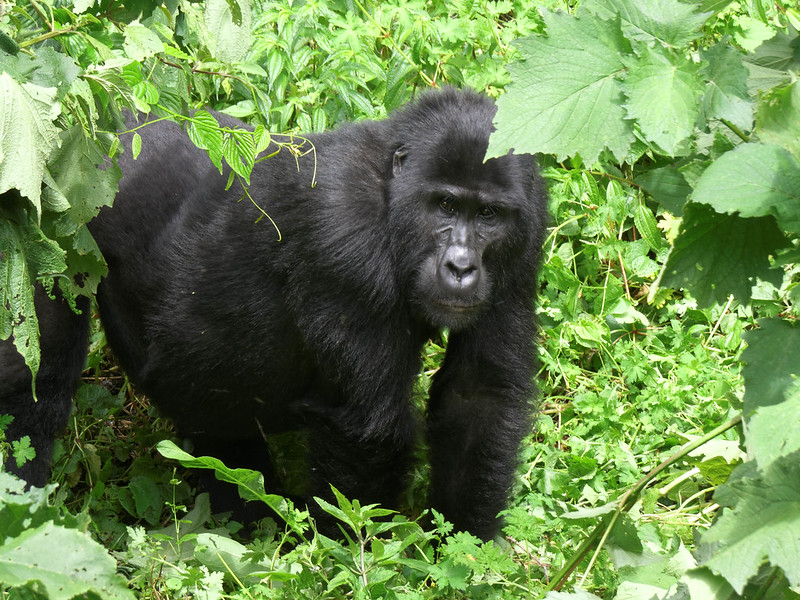How do gorillas reproduce?
How do gorillas reproduce? Gorillas are mammals exhibiting reproductive behaviors comparable to those of other mammals. Research is conducted to enhance understanding of gorilla life; nonetheless, the majority of existing information is derived from individuals who have seen gorillas in their natural settings, notably about mountain gorillas and western lowland gorillas.
Research on reproductive habits of gorillas has revealed that all subspecies exhibit numerous commonalities. Like humans, female gorillas typically give birth to one baby per delivery, and the occurrence of twins is rare. The periodic reproductive cycle lasts 28 to 33 days, varying on subspecies. Following their initial ovulatory cycle, individuals must wait a two-year interval before conceiving an infant.
Females attain sexual maturity between the ages of 10 and 12 years, and males reach sexual maturity between 11 and 13 years. Female gorillas can attain sexual maturity as early as 7-8 years of age and may experience their initial ovulatory cycle by their sixth year; however, they typically commence breeding at ten years of age or later. It is astonishing that following their initial ovulatory cycle, individuals are unable of conceiving for almost two years.
For the subsequent six months of the infant’s existence, the mother is tasked with ensuring it is never out of her sight. The juvenile gorilla lactates for a duration of two to three years. This is also the period during which it engages more with the other group members. At four years of age, the male gorilla may depart from the mother, although the female gorilla remains in the group for several further years. Ultimately, she will depart in search of a partner. Female gorillas may rear two or three offspring over their lifetime.

Gorillas have polygamous behavior. Male gorillas instinctively recognize when a female is receptive to mating; however, the external indicators are less pronounced compared to female chimpanzees, which exhibit a noticeable enlargement in the vaginal area.
There is no designated mating season, allowing for copulation at any time during the year. Females have estrus for one or two days each month; however, prior to engaging with sexual partners, they must be segregated from their natal troop and begin seeking a “silverback” male from an external group. Females attract male gorillas with body movements: they initially approach the “silverback” slowly and lazily, maintaining uninterrupted eye contact while puckering their lips, and thereafter evaluate the male’s response to choose the next action. If the male suitor does not respond to her signals, she approaches and may even make physical contact. If this fails, she strikes the ground forcefully in a final effort to get his attention definitively. Only the “silverback” leader possesses the exclusive right to mate with the females.
How do gorillas reproduce? The saddle-shaped regions of silver hair on a male gorilla’s back indicate that the male has attained sexual maturity. Similar to human beards, this unique fur facilitates communication among gorillas in the troop, indicating which individuals are male and mature. The dominant silverback has numerous grey hairs to contend with. He makes choices for the group, dictates movement, settles disputes, safeguards juvenile gorillas from infanticide, and defends against predators.
Gestation lasts 8.5 months, and there is generally a 3 to 4-year interval between births. A mother may effectively rear 4 to 6 children throughout a lifespan of 30 to 40 years. Infant mortality is approximately 30%, with children succumbing to various natural causes before the age of six; mothers with expertise tend to have more success. Unexpectedly, habituated troops exhibit superior development rates compared to unhabituated troops for reasons that remain unclear; medical oversight may play a role.
At birth, infant gorillas weigh between 1.5 and 2 kilos. Newborns rely on their mothers for sustenance until five months of age. They thereafter remain on their mothers’ backs for four months before achieving independence at approximately one year of age. They remain with their moms until approximately 3 years of age, at which time they are completely weaned.



